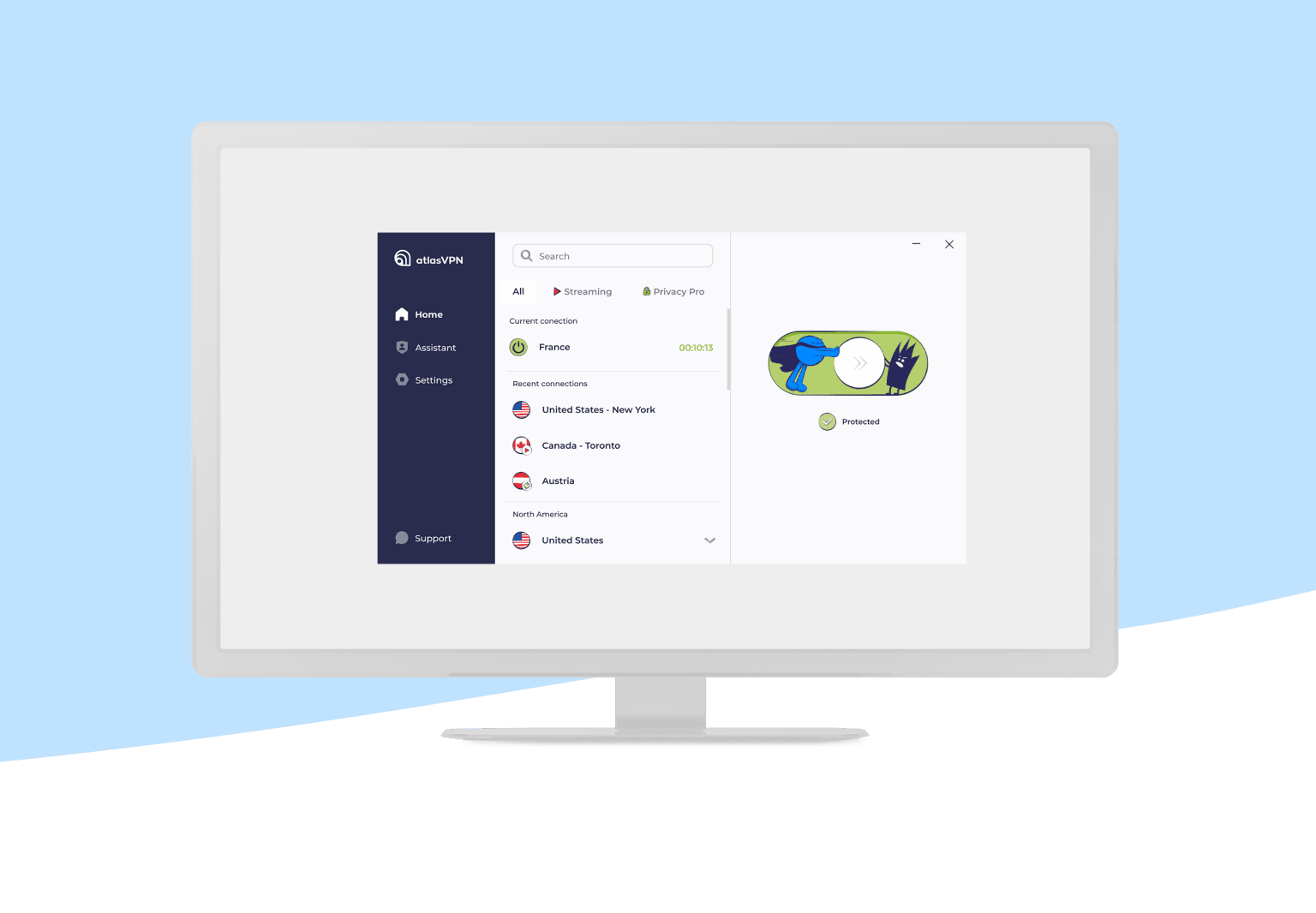In today's dynamic economy, side jobs have become a popular way to supplement income, explore new interests, and build skills. Whether you're looking to pay off debt, save for a big purchase, or simply earn extra cash, the side job landscape offers a wealth of opportunities. In this blog post, we will delve into various aspects of side jobs, including emerging trends, popular opportunities, and essential tips for finding and succeeding in a side gig.
Understanding the Side Job Landscape
The Rise of Side Jobs
Over the past decade, side jobs have transitioned from a niche concept to a mainstream necessity. Factors driving this trend include economic uncertainty, the rising cost of living, and the desire for financial independence. According to recent studies, approximately 44% of Americans have a side job, with many citing the flexibility and additional income as major benefits.
Why People Pursue Side Jobs
People are motivated to take on side jobs for various reasons
- Supplementary Income Many individuals seek additional income to cover living expenses, save for retirement, or achieve financial goals.
- Skill Development Side jobs can provide opportunities to acquire new skills and experiences that may not be available in one's primary career.
- Pursuit of Passion Side gigs often allow individuals to explore personal interests or hobbies that they are passionate about.
Popular Side Job Opportunities
Freelancing
Freelancing has become a prominent choice for side jobs, offering flexibility and control over work schedules. Popular freelancing fields include
- Writing and Editing Content creation, blog writing, and editing services are in high demand. Freelancers can work with various clients, including businesses, websites, and publications.
- Graphic Design Creative individuals with graphic design skills can find freelance opportunities creating logos, marketing materials, and digital art.
- Web Development As technology continues to evolve, web development and coding skills are highly sought after for freelance projects.
Gig Economy Jobs
The gig economy has introduced a range of flexible job opportunities
- Ridesharing Services like Uber and Lyft allow individuals to earn money by providing transportation to passengers.
- Delivery Services Companies such as DoorDash, Uber Eats, and Postmates offer opportunities for individuals to deliver food and packages.
- Task-Based Services Platforms like TaskRabbit connect people with tasks such as home repairs, cleaning, and assembling furniture.
Online Tutoring and Teaching
The rise of online education has led to an increase in opportunities for teaching and tutoring
- Language Tutoring Individuals fluent in multiple languages can offer tutoring services to non-native speakers.
- Subject-Specific Tutoring Tutors can provide assistance in subjects like math, science, or test preparation.
Selling Products Online
E-commerce platforms provide avenues for individuals to sell products
- Handmade Goods Websites like Etsy allow crafters and artisans to sell handmade items and unique products.
- Dropshipping Entrepreneurs can start an online store without holding inventory by partnering with suppliers who handle shipping.
Trends Shaping the Side Job Market
Remote Work and Digital Nomadism
The shift towards remote work has expanded opportunities for side jobs. Digital nomadism, the practice of working remotely while traveling, has become increasingly popular. This trend allows individuals to work from various locations, offering greater flexibility and freedom.
Skill-Based Side Gigs
There is a growing demand for side jobs that leverage specific skills and expertise. People with specialized knowledge in areas such as data analysis, digital marketing, and software development can find lucrative side gigs by offering their services on freelance platforms or consulting with businesses.
Subscription-Based Services
Subscription-based side jobs, such as creating content for Patreon or offering premium memberships on platforms like Substack, have gained traction. These services provide a steady stream of income for creators and entrepreneurs.
Tips for Finding and Succeeding in a Side Job
Identify Your Skills and Interests
Before embarking on a side job, assess your skills and interests. Consider what you enjoy doing and where your strengths lie. This self-assessment will help you choose a side job that aligns with your goals and provides a sense of fulfillment.
Research and Choose the Right Opportunity
Conduct thorough research to identify side job opportunities that match your skills and preferences. Look for reputable platforms and companies that offer side gigs, and read reviews or testimonials from others who have worked with them.
Manage Your Time Effectively
Balancing a side job with your primary responsibilities requires effective time management. Create a schedule that allocates time for your side job without compromising your primary job or personal life. Utilize productivity tools and techniques to stay organized and focused.
Build a Professional Network
Networking can be instrumental in finding side job opportunities. Join online communities, attend industry events, and connect with professionals in your field. Building relationships can lead to valuable referrals and collaborations.
Maintain High Standards
Treat your side job with the same level of professionalism as your primary job. Deliver high-quality work, meet deadlines, and communicate effectively with clients or employers. Maintaining high standards will help you build a positive reputation and secure repeat business.
Stay Informed About Industry Trends
Keep up with industry trends and changes to stay competitive in the side job market. Follow relevant blogs, participate in webinars, and engage with industry leaders to stay informed about new opportunities and best practices.
Overcoming Common Challenges
Managing Work-Life Balance
Juggling multiple responsibilities can be challenging. To maintain a healthy work-life balance, set boundaries and prioritize self-care. Ensure you allocate time for relaxation and personal activities to avoid burnout.
Handling Financial and Tax Implications
Side jobs can have financial and tax implications. Keep track of your earnings and expenses, and consult with a tax professional to understand your obligations. Proper financial management will help you maximize the benefits of your side job.
Navigating Competition
The side job market can be competitive. To stand out, focus on developing your skills, building a strong portfolio, and differentiating yourself from others in your field. Offering unique value and demonstrating expertise can give you a competitive edge.
Side jobs offer a range of opportunities for individuals seeking additional income, skill development, and personal fulfillment. By understanding the side job landscape, exploring various opportunities, and applying effective strategies, you can successfully navigate the world of side gigs. Whether you choose freelancing, gig economy jobs, online teaching, or selling products online, the key to success lies in identifying the right opportunity, managing your time effectively, and maintaining a high level of professionalism.





















